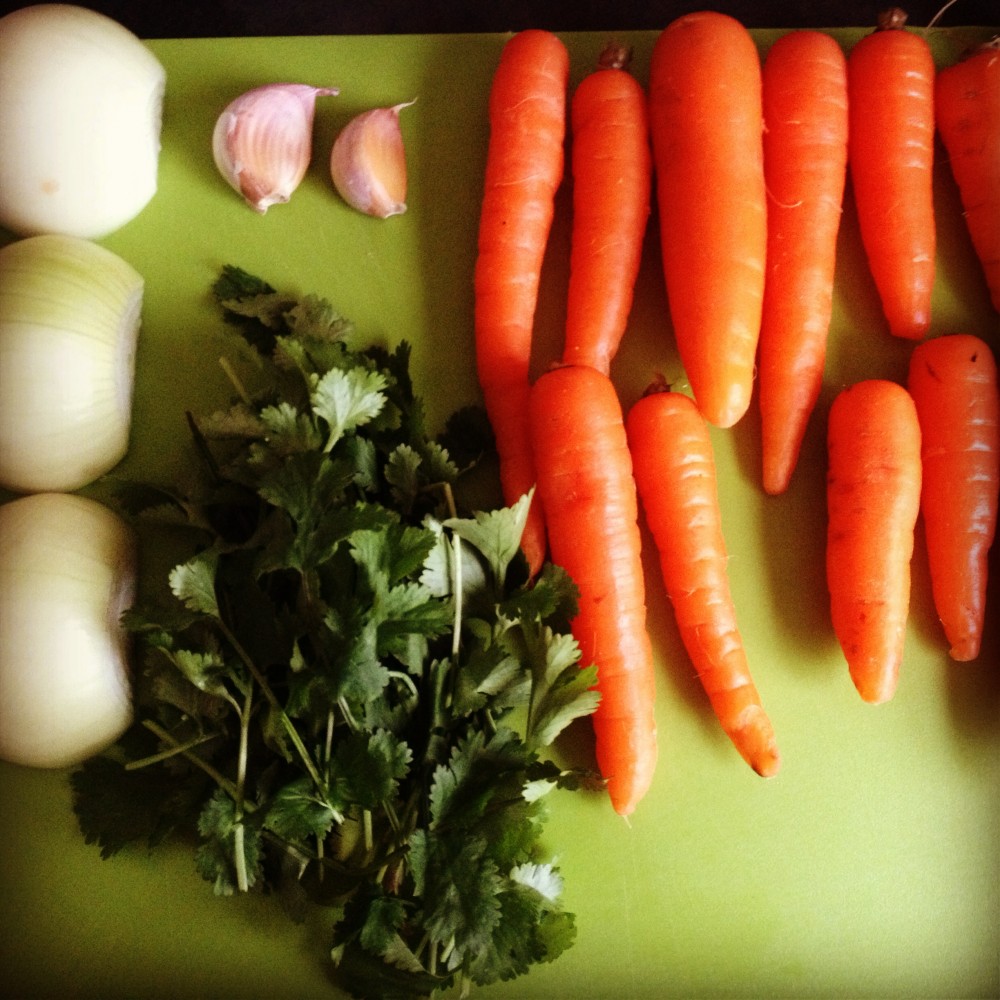Why fibre is so important and how to get more of it
 As well as helping all things bowel related run a little smoother, fibre is important for reducing the risk of hypertension, heart disease and stroke.
As well as helping all things bowel related run a little smoother, fibre is important for reducing the risk of hypertension, heart disease and stroke.
Fibre is one of the few things the body needs – but doesn’t actually digest. It comes in two different varieties, soluble and insoluble, with most plant-based foods containing a mixture of the two. Once ingested, soluble fibre turns into a gel in the stomach that helps to slow digestion, an act that is important for lowering cholesterol and blood glucose. Insoluble fibre remains unchanged all the way to the colon, helping to make waste heavier and softer so it can be expelled more easily.
Not eating enough fibre can lead to constipation, making going to the bathroom uncomfortable and painful. Not having enough fibre in your diet also makes it harder for the body to control blood sugar and appetite. This being said, you can also run into problems if you eat too much fibre as fewer minerals get absorbed through food.
So how much do we need? The Institute of Medicine says men under the age of 50 should be eating 38 grams of fibre a day, and women under 50 should eat 25 grams. Adults over the age of 50 need less as they tend to consume less food (men aged 50+ should eat 30 grams of fibre and women should eat 21 grams).
If you find your diet lacking there are certain foods that can bump up your intake, including the following:
- lentils
- lima beans
- broccoli
- peas
- blackberries
- avocados
- whole-wheat pasta
- oatmeal.
Other tips to add more fibre in your diet include adding flaxseed meal to smoothies, yogurts and oats, sprinkling chia seeds on salads and blending cooked veggies and adding to sauces and stews. While some fruits and vegetables have less fibre than others – they are all good sources and should be included in every meal.
If you are suffering from constipation or other bowel issues, a nutritionist could help you change your diet to ease symptoms. To find out more, please see our Digestive Problems page.
View and comment on the original Greatist article.

Find a nutritionist dealing with Gut health
All nutrition professionals are verified


